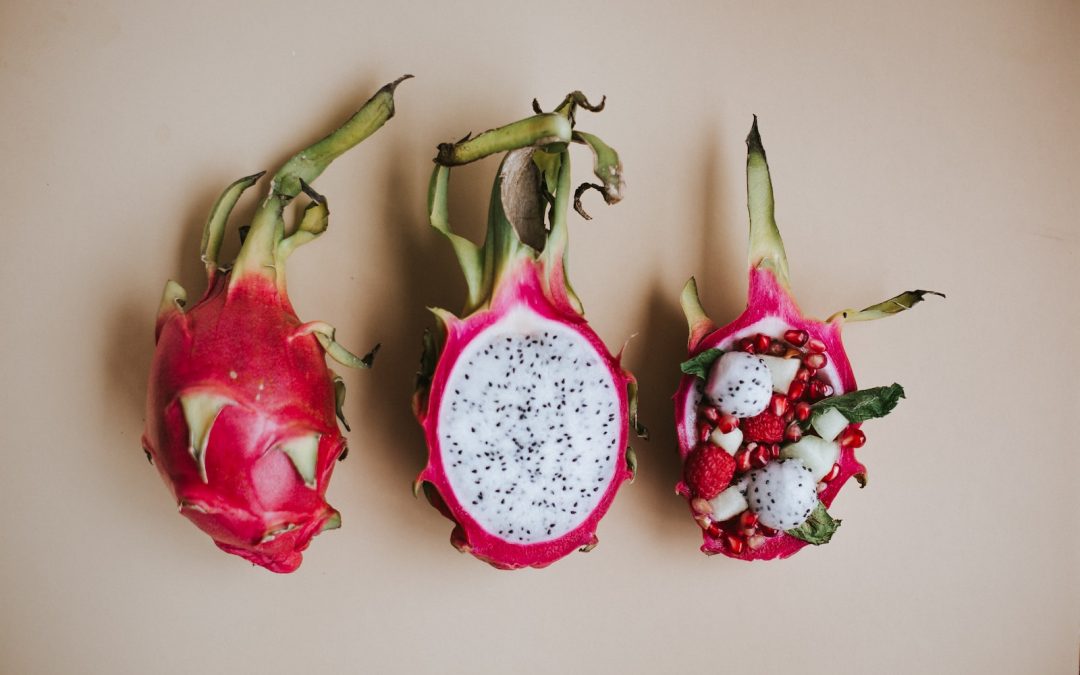Dragon fruit, with its flamboyant appearance and deliciously sweet flesh, makes an excellent addition to any garden or home. Cultivating this exotic fruit can be a rewarding experience, but it does require specific care to thrive and bear fruit. In this blog post, we’ll discuss how to provide optimal care for your dragon fruit plant, addressing potential issues such as pests and diseases, and their management.
Contents
Essential Dragon Fruit Care
Dragon fruit, a type of climbing cactus, needs a few fundamental conditions to grow well. These include plenty of sunlight, well-draining soil, and a sturdy trellis or stake for support. It also appreciates a regular feeding schedule with a slow-release fertilizer during the growing season.
Sunlight and Watering
Dragon fruit plants need full sun for at least six hours per day. A spot with morning sun and afternoon shade would be ideal to protect them from extreme afternoon heat in hotter climates.
When it comes to watering, dragon fruit plants prefer a “soak and dry” approach. This means watering the soil thoroughly and then allowing it to dry out completely before the next watering. This watering method prevents waterlogging and reduces the risk of root rot, a common issue in dragon fruit plants.
Feeding and Support
Dragon fruit plants are heavy feeders. They benefit from a balanced, slow-release fertilizer applied according to the package instructions during the growing season (spring and summer). This provides them with the nutrients they need to produce their large, beautiful flowers and delicious fruits.
Since dragon fruit plants are climbers, they need support to grow properly. A strong trellis or stake can serve this purpose, guiding the plant’s growth upward and providing support for its heavy fruit.
Dragon Fruit Pests and Diseases
Despite their hardiness, dragon fruit plants can sometimes fall prey to pests and diseases. Here are some of the most common issues you might encounter and how to address them.
Pests
The most common pests that affect dragon fruit plants include mealybugs, aphids, and scale insects. These pests can be removed manually or by using a strong stream of water. If the infestation persists, consider using an insecticidal soap.
Diseases
Rot, either stem or root, is a common disease in dragon fruit plants. Overwatering often causes this, leading to the plant’s tissues becoming waterlogged and eventually rotting. If you see signs of rot, such as black spots or a foul smell, you should cut away the affected areas and allow the plant to dry out before resuming watering.
Bacterial and fungal infections can also affect dragon fruit plants, often due to high humidity or poor ventilation. These diseases can cause leaf spots, wilting, or a general decline in the plant’s health. Treatment involves pruning away the affected parts and applying an appropriate fungicide or bactericide.
Final Thoughts on Dragon Fruit Care
Proper care and vigilance are vital for growing healthy dragon fruit plants. By providing your plant with the right conditions, feeding it adequately, and promptly addressing any pest or disease issues, you’re more likely to enjoy a bountiful harvest of this exotic and delicious fruit.
Remember, every plant has its unique challenges and rewards. With patience and care, you can successfully grow and enjoy your own dragon fruit at home.


